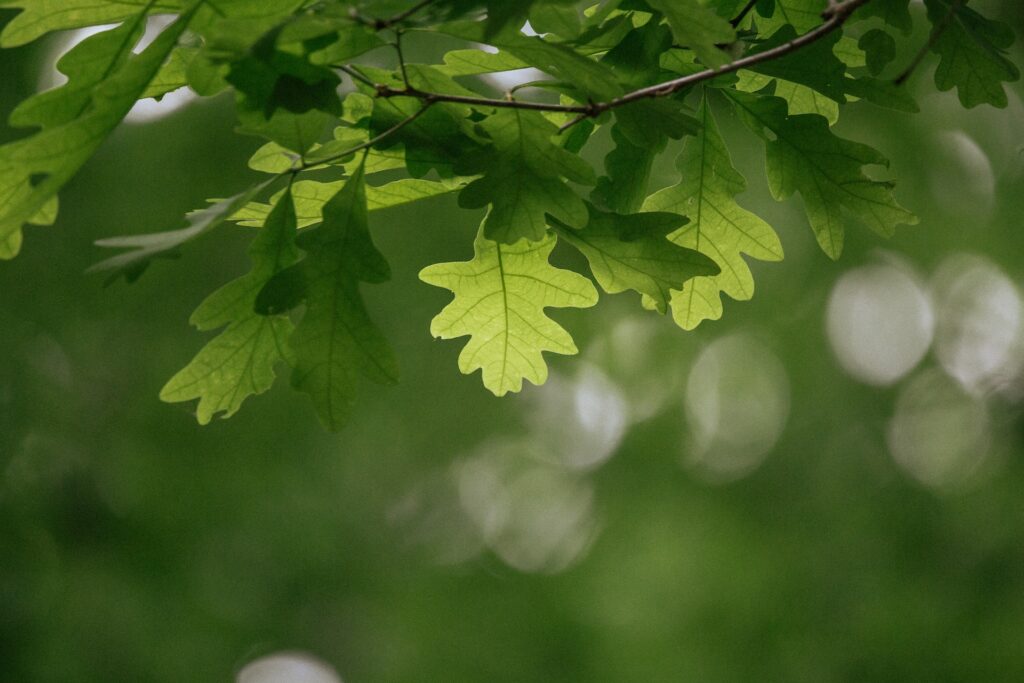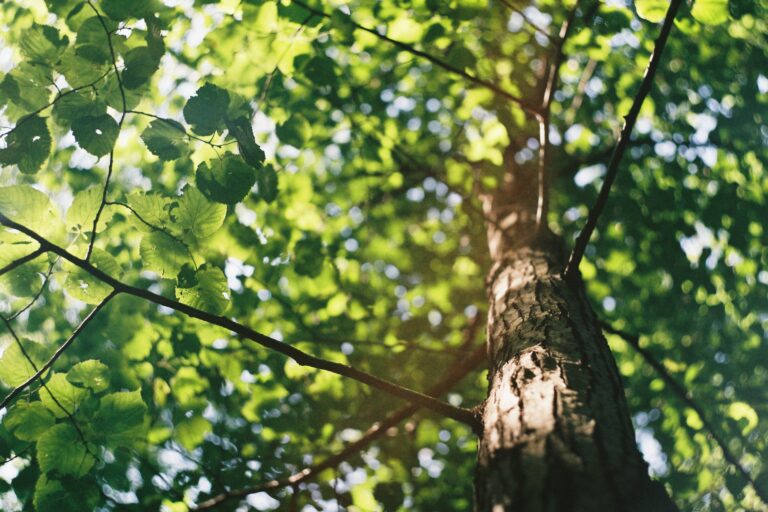How to Revive a Half Dead Tree: Tips to Bring Your Trees Back to Life
Trees are an important part of our environment, providing shade, oxygen, and beauty. However, sometimes trees can become sick or even die. In this guide, we’ll explore the signs of a sick tree, the causes of tree sickness, and how to help your tree recover.
Signs of a Sick Tree
One of the first signs of a sick tree is yellowing or browning leaves. This can be caused by a lack of water, pests, or disease. Other signs include premature leaf drop, cracks or splits in the bark, fungus or mushrooms growing on the trunk or roots, and dead branches or twigs.
Causes of Tree Sickness
There are several factors that can cause a tree to become sick. Pests and diseases are common culprits, as well as environmental factors such as drought, flooding, or extreme temperatures. Soil problems, such as nutrient deficiencies or compaction, can also contribute to tree sickness.
How to Help a Sick Tree
If you suspect your tree is sick, the first step is to identify the problem. Once you know what’s causing the issue, you can take steps to help your tree recover. This may include pruning dead or diseased branches, watering and fertilizing properly, treating pests and diseases, and improving soil quality.
When to Call a Professional Tree Service
While some tree problems can be solved with a little DIY effort, others require the help of a professional tree service. If you have a large or dangerous tree, extensive damage or disease, or lack the experience or equipment to handle the problem yourself, it’s best to call in the experts.
Frequently Asked Questions
1. Can a half dead tree be saved?
It depends on the cause of the tree’s sickness and the extent of the damage. In some cases, a half dead tree can be saved with proper care and treatment.
2. How often should I water my trees?
It depends on the type of tree and the climate in your area. Generally, trees should be watered deeply once a week during dry periods.
3. What kind of fertilizer should I use?
The type of fertilizer you use will depend on the needs of your specific tree. A professional tree service can help you determine the best fertilizer for your tree.
4. How do I know if my tree has pests or diseases?
Look for signs such as holes in the leaves, discoloration, or unusual growths on the trunk or branches. A professional tree service can help you identify the problem and recommend treatment.
5. Can I prune my tree myself?
It’s possible to prune small branches yourself, but for larger branches or trees, it’s best to call in a professional tree service.
6. How much does tree service cost?
The cost of tree service will depend on the size of the tree, the extent of the damage or disease, and the location of the tree. A professional tree service can provide you with a quote.
7. How long does it take for a sick tree to recover?
The recovery time for a sick tree will depend on the cause of the sickness and the extent of the damage. In some cases, it may take several years for a tree to fully recover.
By following these tips and seeking the help of a professional tree service when needed, you can help your trees stay healthy and beautiful for years to come.




